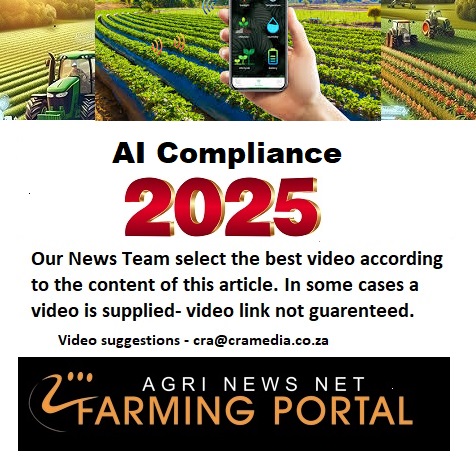As global population grows beyond 8 billion, multiple studies published by the Food and Agriculture Organization of the United Nations (FAO) point to some upsetting conclusions. Globally, one hectare of soil is degraded every 5 seconds, leading up to a 50% loss in crop yields for these particular areas. At the same time, global food production needs to grow 70% by 2050 to meet forecasted demand.
Crop yields rely on a complex interaction of natural processes, many of which are climate dependent. Environmental imbalances caused by climate change are driving increases in the incidence of extreme weather events, such as droughts, wildfires, floods and tropical cyclones, further complicating the challenges already facing farmers.
Fortunately, the science behind mitigation mechanisms for climate change faced material developments over the past couple of decades, spurring policies aimed at cutting agriculture’s carbon footprint while boosting food security through Sustainable Agriculture initiatives.
Launched in 2011 and subsequently revised thoroughly, the guidelines for the key sustainable agriculture carbon projects include the promotion of less aggressive techniques for crop care, such as efficient fertilizer applications, the sustainable management of biomass residues and water resources and limiting soil disturbances that release carbon back to the environment. These practices don’t replace traditional farming wisdom but rather enhance it to meet 21st-century climate pressures.
Recently approved methodologies of carbon projects in the NBS category tend to have a slower adoption rate, but Verra’s VM0042, Climate Action Reserve’s US Soil Enrichment and similar protocols have already attracted over 200 different projects worldwide, with about 1.5 million credits issued as of early 2025. Recent offers for carbon credits issued under VM0042 have been reported to Fastmarkets around $20-25 per tCO2e this year. But supply of these credits remains thin with less than 45,000 tCO2e so far issued in just two countries – Brazil and South Africa.
Through our project tracking platform, we identified over 6 million hectares of Sustainable Agriculture carbon projects under development across different locations. The United States and Spain are the leading developers among their geographies, with 3.2 and 1.0 million hectares respectively. That’s approximately 66% of all Sustainable Agriculture carbon projects across Europe and North America.
 Artificial Intelligence in Agriculture Market Size, Share and Growth
Artificial Intelligence in Agriculture Market Size, Share and Growth
While the footprint of such projects is just a small fraction of the 1.4 billion hectares of global arable land, it is representative of an unparalleled growing opportunity to regenerate soils, secure food supply, and combat climate change simultaneously.
Indispensable, but not without risks
On an individual basis, carbon projects on agricultural land carry risks tied to their underlying activities and are prone to multiple sources of disturbances. Natural disruptions including wildfires, pests and extreme weather events, while anthropogenic disturbances include, among others, land conversions for real estate development.
To some extent, such risks can be mitigated through the inclusion of buffer carbon credit pools established during the development phases of their corresponding projects, and sustainable managed lands tend to offer increased resiliency against natural disruptions.
From a market perspective, competition from other carbon removal and avoidance protocols in attracting end-buyers is a key risk faced across all categories of carbon markets.
Nature-based solutions (NBS) are broadly considered to be the leading cost-efficiency option among all of the existing alternatives. There are other emerging protocols that are expected to offer competitive prices per captured tonne of carbon dioxide through engineered methodologies, such as Direct Air Capture (DAC) protocols. These are absolutely accretive to the global efforts on climate action, but as with most breakthrough technology, are yet to become commercially viable in larger scales.
Another major source of risk that could affect the agriculture-based carbon methodologies on a global scale is the implementation of policies targeting long term food security, due to concerns around lower yield expectations for crops. These could affect the expansion likelihood of the agriculture-based carbon initiatives in favor of adhering to high-yield agriculture at the cost of climate action.
The impact of new policies, carbon project standards and industry dynamics are hard to mitigate in advance, but the carbon industry has continuously evolved since its inception to improve its robustness in environments that haven’t always been favorable to climate action.
What’s next for sustainable agriculture?
Improved agricultural land management represents more than an environmental responsibility, albeit not one without challenges. It offers a strategic opportunity for businesses to lead the transformation towards a more resilient global food system.
As farmlands evolve, so do the requirements for staying ahead of the curve. Companies that take proactive and data-backed action today will be better positioned to navigate new regulations and, critically, climate-related risks.















